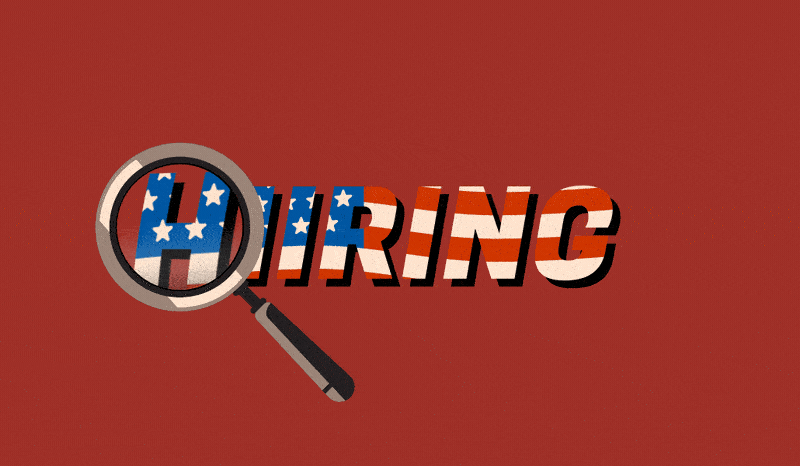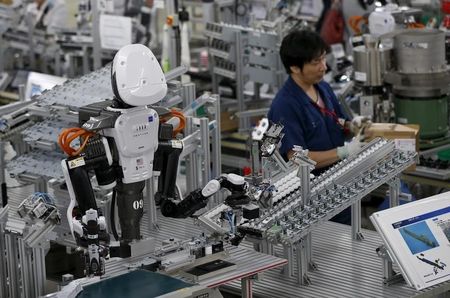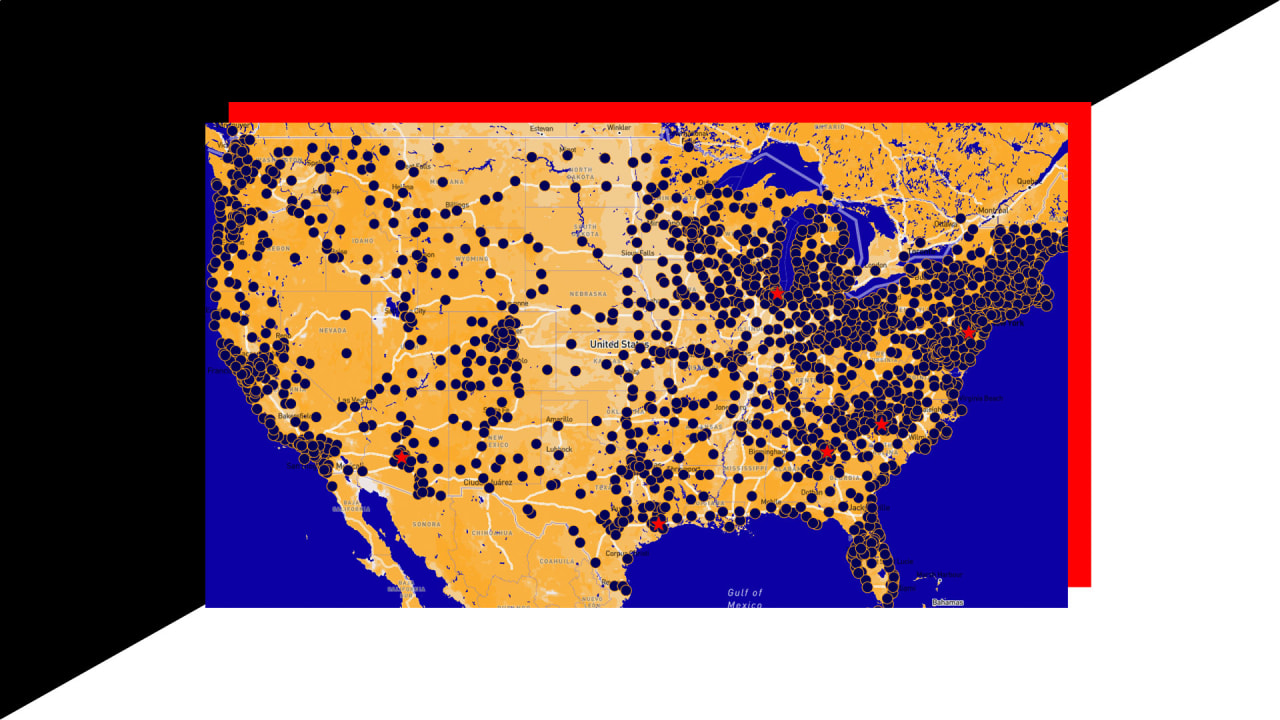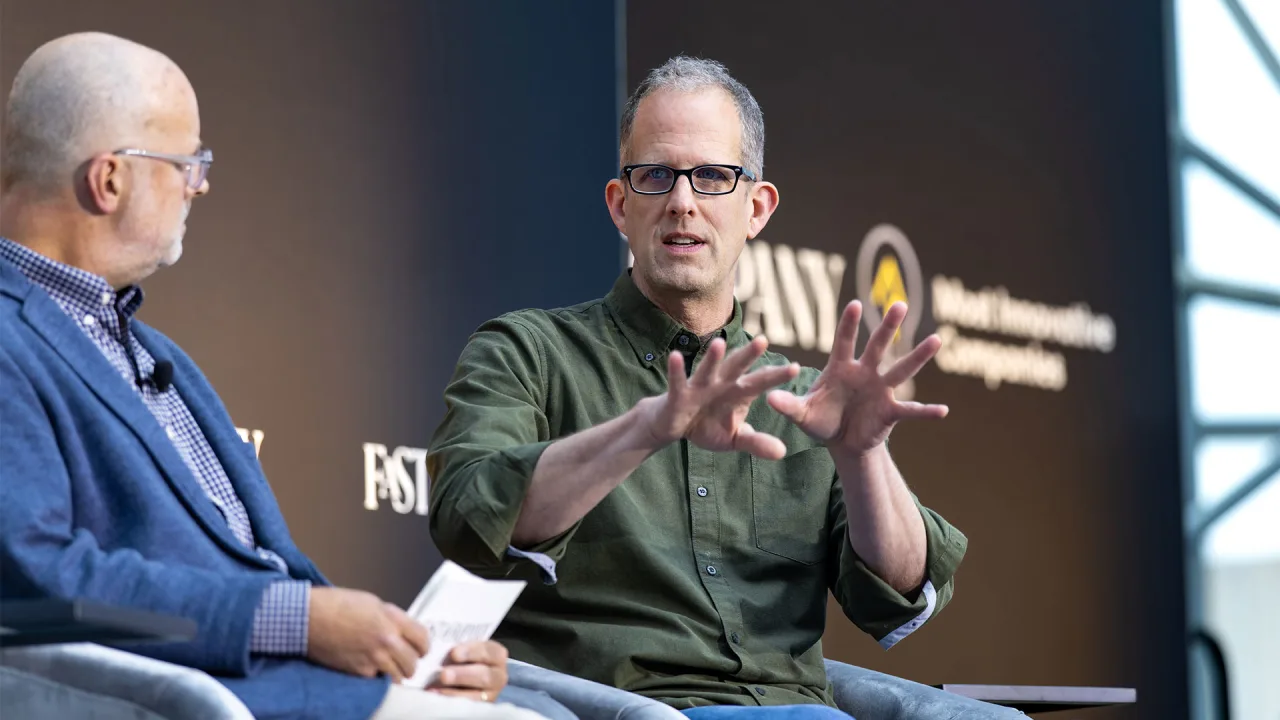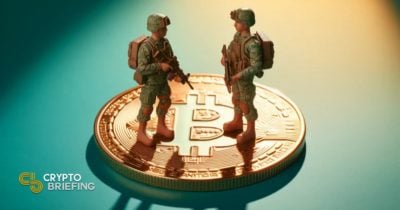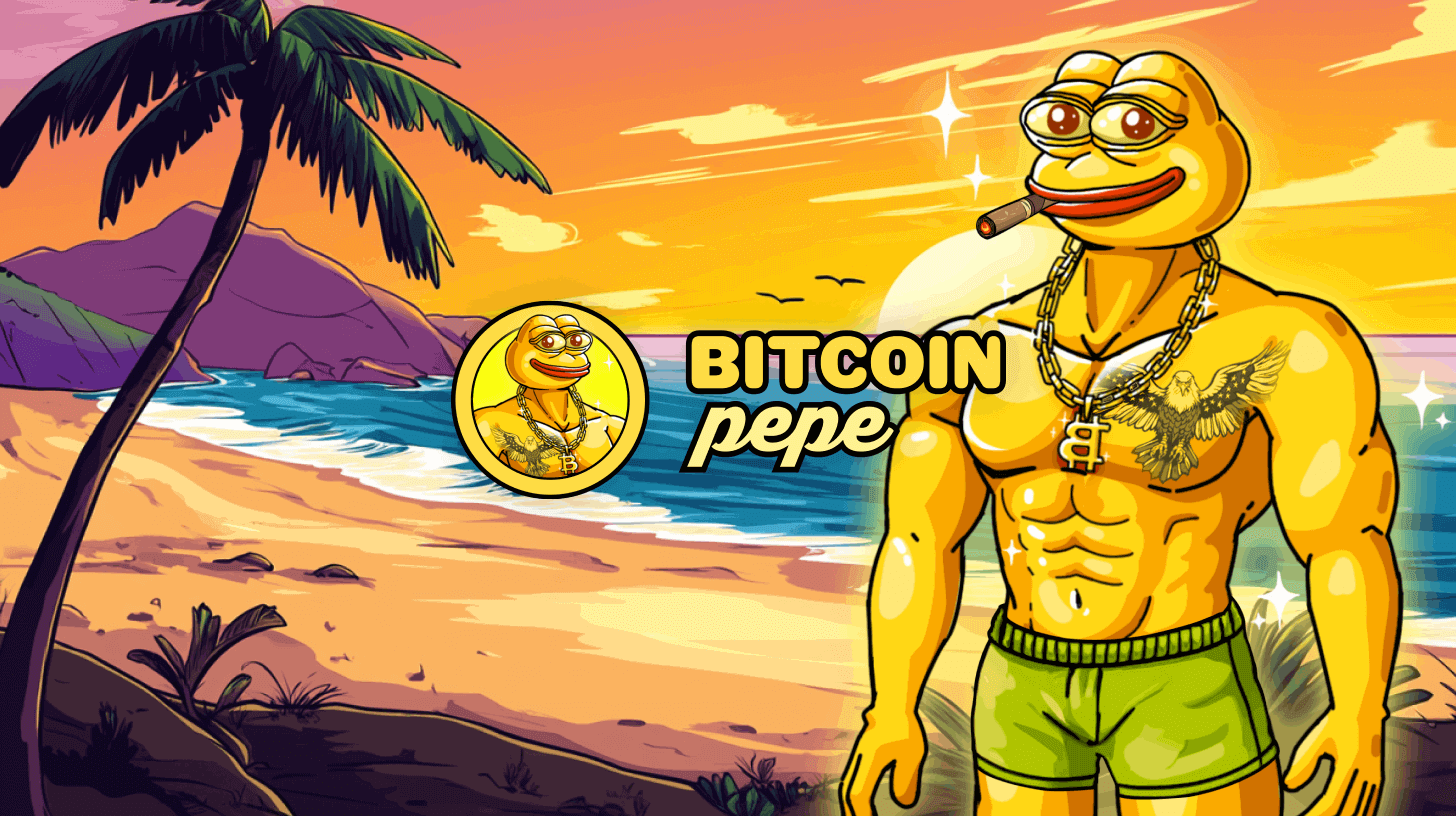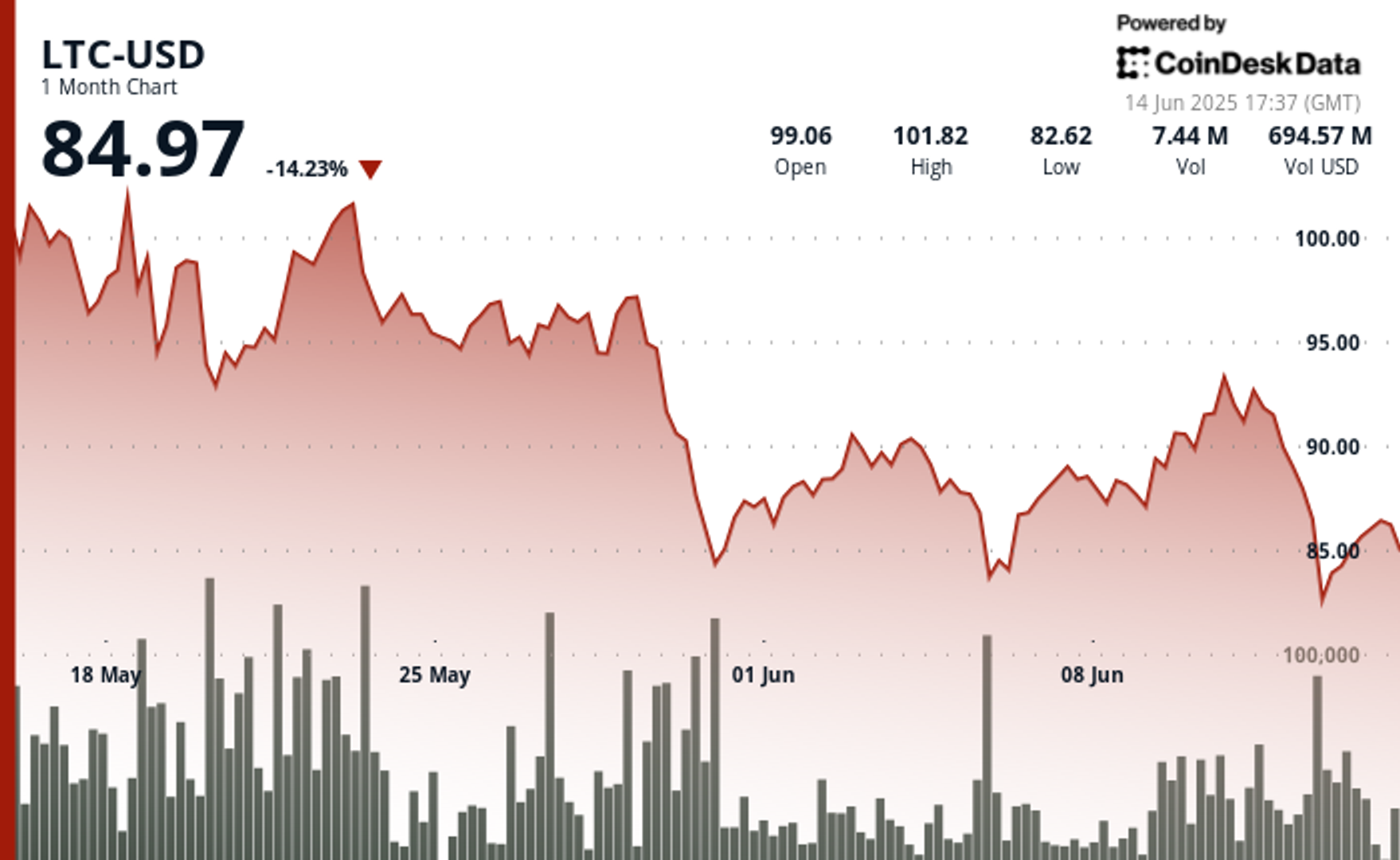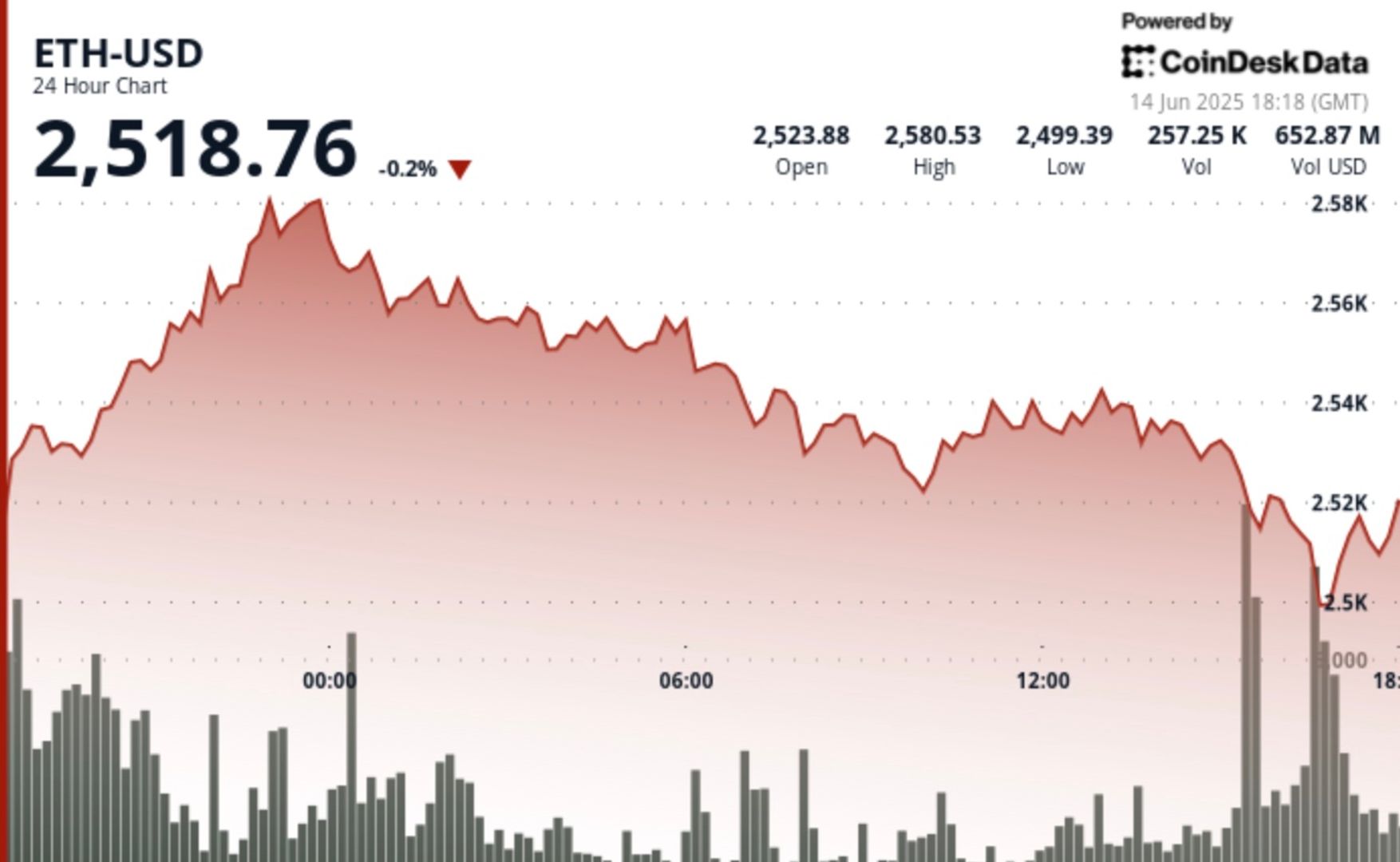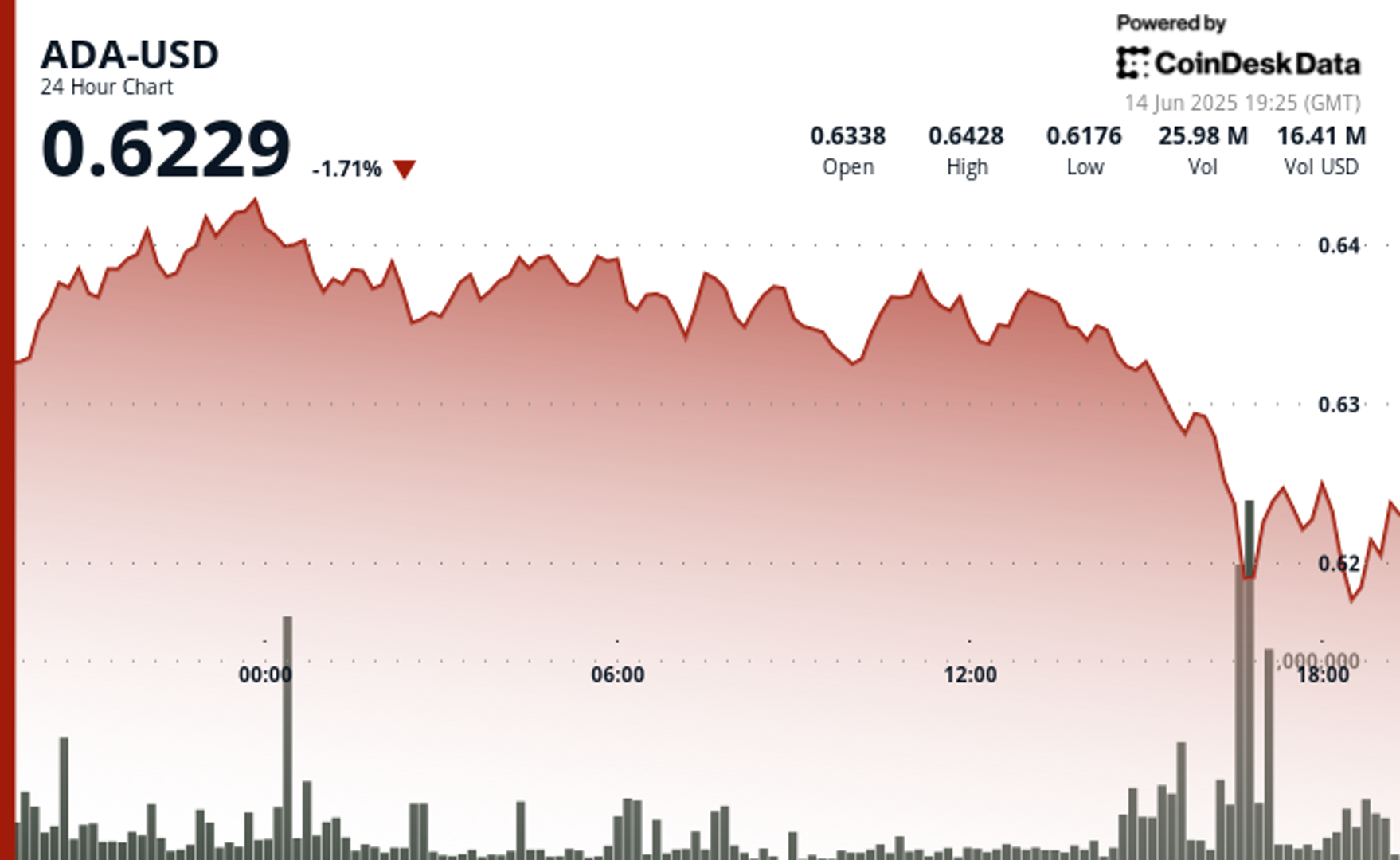The president of the AFL-CIO says she’s committed to the fight against Trump’s immigration policies
Protests, worker education, and lawsuits are just a few of the ways unions are preparing to advocate against the administration.

Liz Shuler knows she has a long summer ahead of her. Over the past week, the president of the AFL-CIO, which has more than 15 million members, has seen organized labor’s ongoing battle with the Trump administration come under an even brighter spotlight.
David Huerta, the president of the Service Employees International Union of California (SEIU), was arrested on June 6 during a demonstration against an Immigration and Customs Enforcement (ICE) raid in Los Angeles’s garment district. His detention set off alarm bells among unions across the country, and made it clear that organized labor would play a major role in the ongoing saga over Trump’s immigration crackdowns.
More protests are planned for this weekend, but the next few months may prove to be critical for unions, and whether or not they are able to successfully push back against the president’s policies.
Fortune sat down with Shuler to discuss her thoughts on Huerta’s arrest, the AFL-CIO’s long-term plans, and what it’s like to lead America’s largest federation of labor unions under the Trump administration.
“We’re definitely built for this,” she says. “The labor movement has endured through the ups and downs of all kinds of politicians.”
This interview has been edited and condensed.
What are your thoughts on the arrest of David Huerta?
We are absolutely relieved that he’s been released and reunited with his family. A lot of pressure was generated on the ground. The labor movement came together in an amazing way, just in 24 hours, really speaking out in so many ways, organizing rallies in 30 cities across the country.
We know that this is about a lot more than just one person. This is about thousands of workers who are detained and being targeted by ICE in their workplaces now. And [we know] the implications on communities, and how workers are feeling, [workers] who are contributing to our economy and doing a job that communities rely on, while having this cloud of fear over them.
So we were pairing the “Free David” demand with a demand to end the ICE raids in workplaces, because it’s not in sync with the objective ICE claims. [They say that] they’re looking for criminals, not everyday working people who are just trying to do their job.
What tactics are the AFL-CIO using right now in such a heightened moment?
We’re doing what we’ve always done, which is peacefully protest injustice. We’ve been doing this since our inception. [We’re] standing not only with union members and our 63 unions across the Federation, but also with civil rights groups and community partners. We show up and we speak out for all working people when there’s injustice.
When ICE comes into a workplace or the National Guard is dispatched, it’s designed to promote this fear so that people won’t organize, won’t speak out, won’t stand up for their rights. And that’s what the labor movement really is designed to do: help give people that voice and security, to make sure they have dignity and respect on the job, and to protect them from the harms that we’re seeing take place in Los Angeles and so many other places.
In addition to protest, what are strategies you’re deploying to fight against the administration policies?
I think that what’s really unique about the labor movement is we have a very large toolbox. Organizing at the community level, protests, rallies, actions—those are part of that toolbox, but not our only tools.
We’re deploying strategies in the courts, in Congress. We have pension fund investments that we know can be used strategically as leverage as well. We’re the only institution in the country that has a network of local labor bodies in every state and every city in this country. We have access to working people and workplaces that we can use to educate and train and activate on a moment’s notice.
We [were] not going to just close up shop and move on after David’s been released. This is just the start.
Are there any other organizing strategies that you’re deploying among your base in particular?
One of the things that has hit me is just how destabilizing it is when you get a visit from ICE and you’re unprepared. And so what we’ve been trying to do is educate people on how to respond and to know their rights. And it’s a very simple thing, but I think it’s something that really does fly below the radar—this idea that we have certain rights but should be protected, and if you’re armed with that information, and if you’re better prepared for the situation, it gives you a lot more confidence to not be afraid.
We have developed this incredible toolkit that we have distributed far and wide for our local union leaders, small towns or communities, where this is what they would least expect. And I think it’s been a really empowering thing for people to at least have something to prepare them and know where to go if something like this happens.
How are you approaching challenges during the second Trump administration on both a short-term and long-term basis?
The first 100 days, their design was to keep us on defense. [There was] a new attack every single day that had us on our heels. Our short term strategy was, of course, a legal strategy, and mobilizing on the ground. [We were] showing up and exercising our voice and unmasking the DOGE destruction and illustrating why it matters to working people at the community level, because a lot of people feel like the federal government is so far away.
We launched our Department of People Who Work for a Living because we said if Elon Musk can stand up his department, then we certainly can stand our department up and translate [DOGE cuts] for workers.
We’re planning for the longer term. We’re building up our muscles. Each month during congressional recess, we’ve had nationwide actions, and they’ve been doubling in size every month. So we’re planning a whole summer of action that starts to look at this toolbox again as we escalate. We’re worried about this notion of constitutional protections being trampled on.
Depending on what happens in the country, the labor movement is nimble and we’re responsive and can mobilize action on any given day, in any given moment. It will be commensurate with the temperature on the ground and what we’re seeing coming out of this administration.
This story was originally featured on Fortune.com





![X Highlights Back-To-School Marketing Opportunities [Infographic]](https://imgproxy.divecdn.com/dM1TxaOzbLu_kb9YjLpd7P_E_B_FkFsuKp2uSGPS5i8/g:ce/rs:fit:770:435/Z3M6Ly9kaXZlc2l0ZS1zdG9yYWdlL2RpdmVpbWFnZS94X2JhY2tfdG9fc2Nob29sMi5wbmc=.webp)



